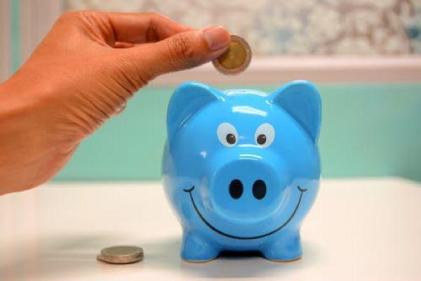 Following on from our introduction to the balance system, I will now take a look at why balance is important and what to watch out for that could indicate a poorly developed balance system.
Following on from our introduction to the balance system, I will now take a look at why balance is important and what to watch out for that could indicate a poorly developed balance system.
Why is balance development so important?
Balance is needed for everything that we do. The development of a healthy balance (vestibular) system is key to know where we are in space. It works with the Proprioceptive system to act as our internal sense. It helps to process external information needed for orientation and adaptation to the outside world. If this is not developed it can cause an internally in-secure environment.
Many authors, researchers and scientists have identified cognitive, behavioural and emotional problems in later life that can be directly linked back to vestibular dysfunction.
Did you know…
That it is harder to stay still than it is to move about? In order to stay still the balance system must work closely with the brain and the muscles to be able to afford enough control to maintain stillness.
If you think about riding a bike – when you are learning to ride a bike it is always easier to go fast but to slow down and even try to stop on the spot and not put your feet to the ground a huge amount of control is required. It takes a large amount of small corrective and pre-emptive movements to stay stationary on a bike without using your feet to keep you upright. Everything must be co-coordinating together; brain, body, balance and bike.
It is the same for us trying to stand still. Everything must be co-coordinating together.
Having poorly developed balance can lead to:
- Fear of heights
- Restlessness
- Problems with posture and co-ordination
- Selective attention
- Delayed development
- Delayed reading and writing
- Poor body image
- Poor spatial awareness
- This list is not exhaustive ….
What are the indicators of poorly developed balance system?
There are some signs that might indicate a poorly developed balance system such as:
- Breech presentation
- Delay in achieving head control
- Delay in reaching milestones
- Poor muscle tone
- Frequent falling
- Fear of movement
- Excessive rocking, spinning, head-banging
In older children they may have:
- No fear of heights (may be known as a risk taker),
- Motion sickness above the age of 8,
- Difficulty learning to ride a bike
- Difficulty reading a clock
- Poor spatial awareness
What can we do to assist balance development?
The following are some types of movements that help to develop balance and many of these are movements that we do instinctively with our little ones:
- Gently rocking from side to side
- Rocking back and forth
- Rough and tumble play
- Allow plenty of free movement on the floor, such as tummy time
- Encourage crawling
In older children:
- Up and down movements such as: jumping, trampolining, bouncing on a bouncy castle and going up and down a slide.
- Running, to and fro.
- Centrifugal force
- Somersaults, spinning, rolling
Many research studies have found that children who are given regular vestibular stimulation in the first months of life show accelerated development in motor skills.





